Lunar New Year: Asia's Biggest Party
More than a billion people around the world are preparing to celebrate Lunar New Year – a festival steeped in tradition and symbolism.
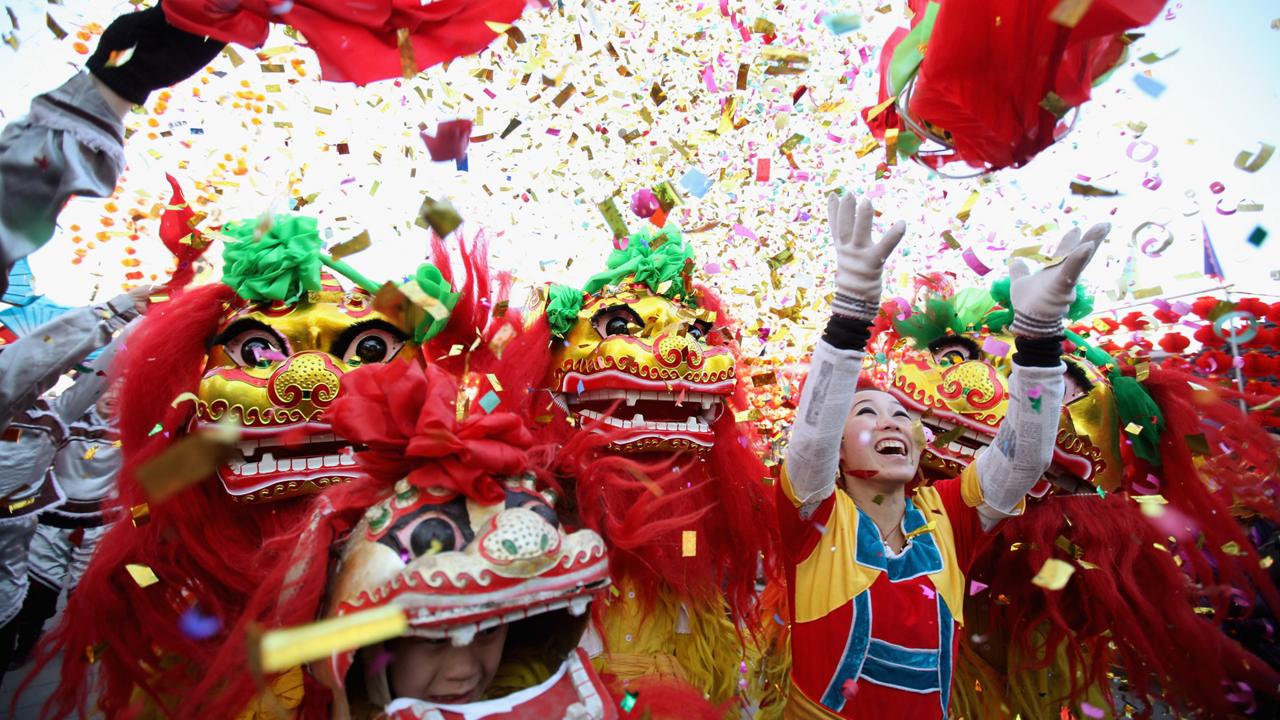
Ringing in the new year
On 19 February 2015, more than a billion people will kick-off 15 days of festivities to celebrate the Lunar New Year – one of the most important festivals for people in China, many parts of Asia and in cities and towns worldwide. Although celebrated in different ways around the world, Lunar New Year is a time for families to get together, honour deities and ancestors, and ring in the new lunar calendar. Legend has it that the festival, which has origins dating back to the 14th Century, started when a mythical creature,
called a Nian, arrived to Peach Blossom village on the first day of the new year to eat livestock, crops and even children. A old wise man advised the villagers to hang red paper and set off firecrackers to scare the Nian away. From then on, the Nian never returned to the village and peace reigned. (Feng Li/Getty)
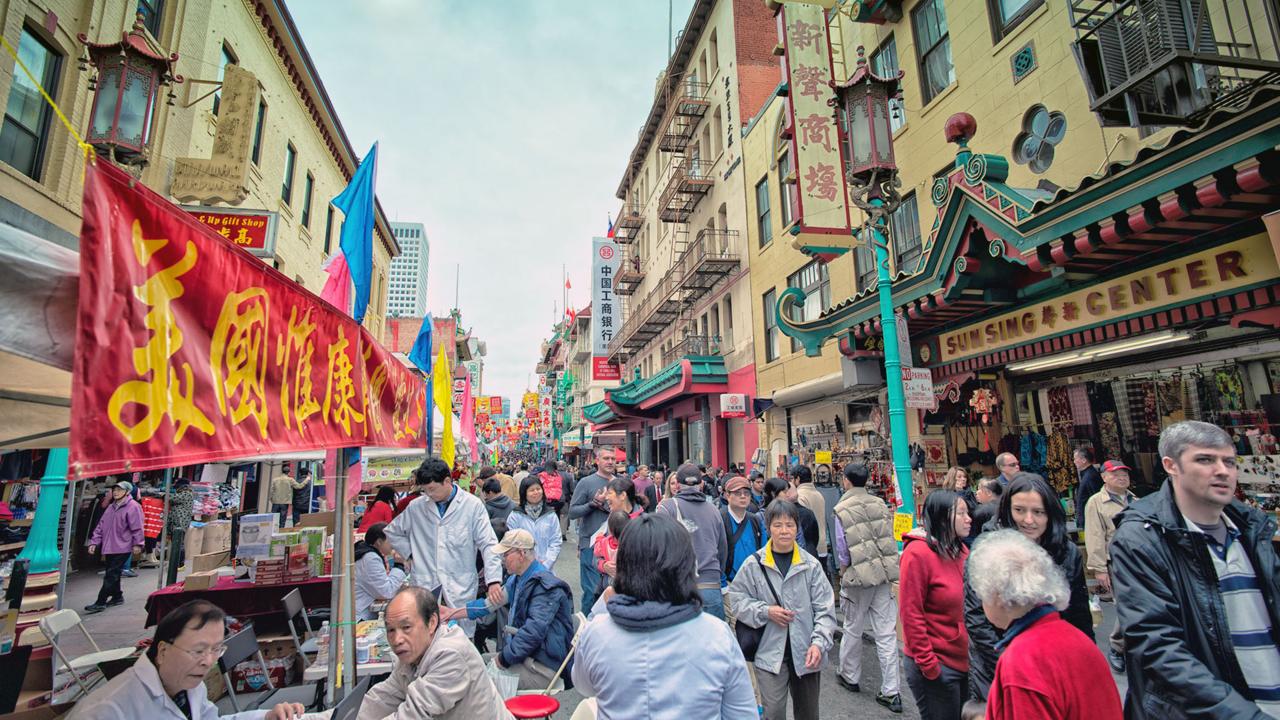
Lunar New Year around the world
Lunar New Year is celebrated on the second new moon after the winter solstice, typically between late January and late February each year. The festival is tied to the ancient lunar-solar Chinese calendar, which is also used in places that have been influenced by or have significant Chinese populations, including Hong Kong, Taiwan, Singapore, Thailand, Indonesia, Malaysia and the Philippines. The biggest celebration outside of Asia take place in San Francisco’s Chinatown (pictured). (Ron Dicks/Getty)

Year of the goat
Lunar New Year is closely tied to the Chinese zodiac, which assigns each year to a different animal on a 12-year cycle. The Chinese zodiac, together with the corresponding animal symbols, was first created between 206 BC to 220 AD. According to Chinese belief, each animal zodiac has its own lucky numbers, days and colours. In 2015, the year of the goat, [experts predict](http://www.chinahighlights.com/travelguide/chinese-zodiac/goat.asp) that the numbers two and seven, and colours brown, red and purple will bring good luck to those born in the next 12 months. (AFP/Getty)
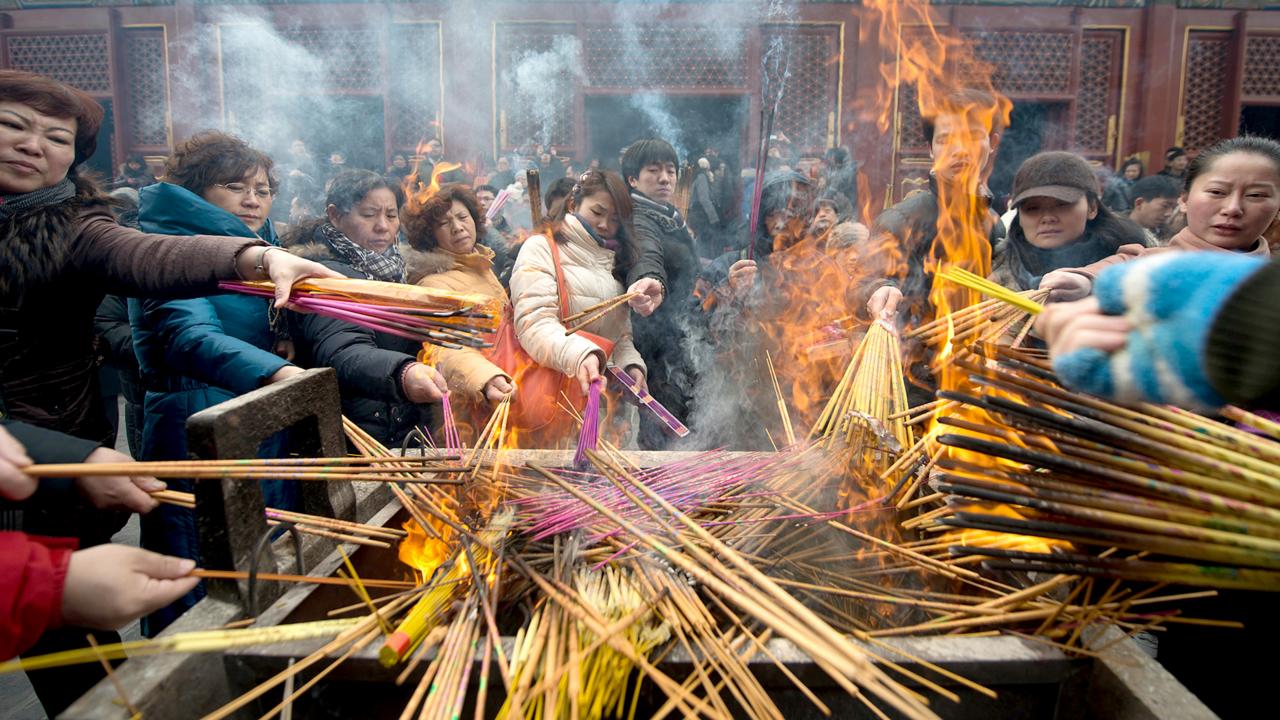
Traditions and rituals
Before the holiday approaches, people commonly practice some form of spring cleaning to rid their homes of huiqi, or “inauspicious breaths”, collected in the previous year. Traditionally, a clean house is meant to appease the Kitchen God, who will descend from heaven for his annual inspection. Many people also worship their ancestors in ancestral halls and temples, visit tombs of the deceased and place couplets and scrolls printed with lucky messages on household gates. Most festivalgoers wear new clothes, cut their hair and clear all their debts. In fact, many of the Lunar New Year rituals are meant to welcome the new year with a clean slate, which brings good luck to the household and long life to the family. (Ed Jones/Getty)
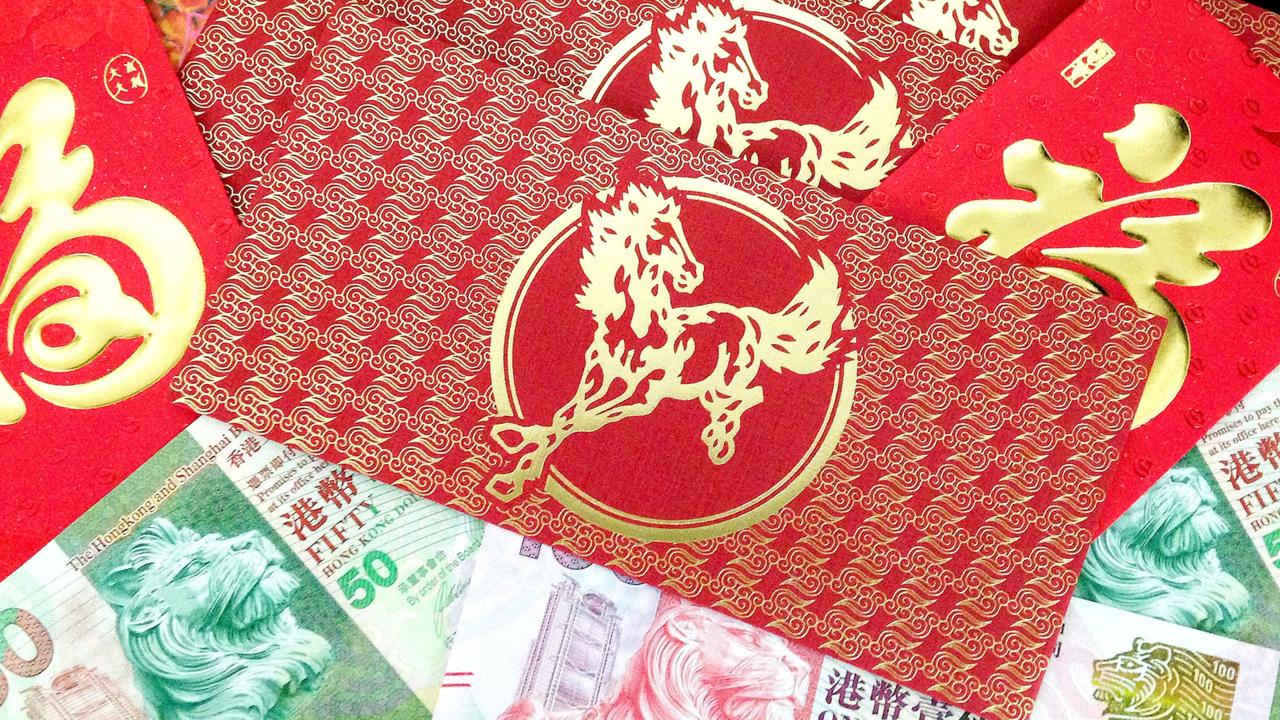
Red blessings
Most Lunar New Year decorations and traditions centre around the colour red, which symbolises good luck and wards off evil spirits in Chinese and other Asian societies. Most people even dress in bright red. Black, on the other hand, represents bad luck. During the holiday, married couples often give give hong bao, or “red packets”, to all children as monetary gifts. The amount of money in the envelope usually ends with an even digit for good luck. As a child growing up in Singapore, I would collect up to $1,000 Singapore dollars from all the red packets gifted by my extended family. It was undoubtedly my favourite time of the year. (Michael Siward/Getty)

An occasion to dance
During the Lunar New Year, lion dance troupes from Chinese martial art schools often perform the traditional custom of cai qing, literally meaning "plucking the greens". The lion performs a dance like a curious cat, and plucks an auspicious green vegetable, usually lettuce, which is tied to a red packet and hung on a pole. In Mandarin, the word cai or “vegetable” is a homophone for “fortune”, and the dance is believed to bring businesses good fortune. Versions of the lion dance are also found in South Korea, Japan, Tibet, Indonesia and Vietnam. (Feng Li/Getty)
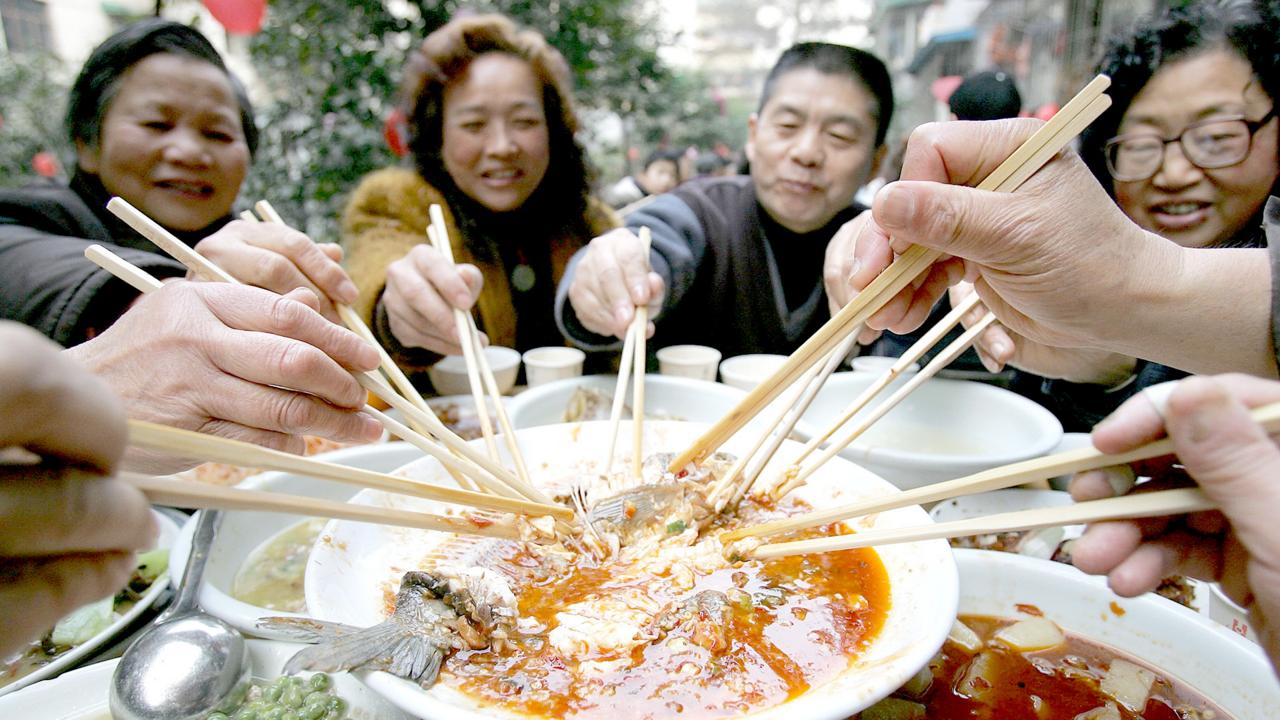
A family reunion
For ethnic Chinese, the reunion dinner on the eve of Lunar New Year is often the biggest and most elaborate meal of the year, with the whole family gathering for this special occasion. A reunion dinner usually features long noodles, symbolising long life. A type of black hair-like algae, fa cai, is also found in many dishes as its name sounds similar to "prosperity". Fish is the last course of the meal, but it is intentionally not finished. The reason for this stems from a Chinese saying, “nian nian you yu” (meaning every year there is leftover), which is a homophone for “being blessed every year". On the final day of the New Year, families gather to make round dumplings shaped like the full moon to symbolise family reunion and perfection. (China Photos/Getty)
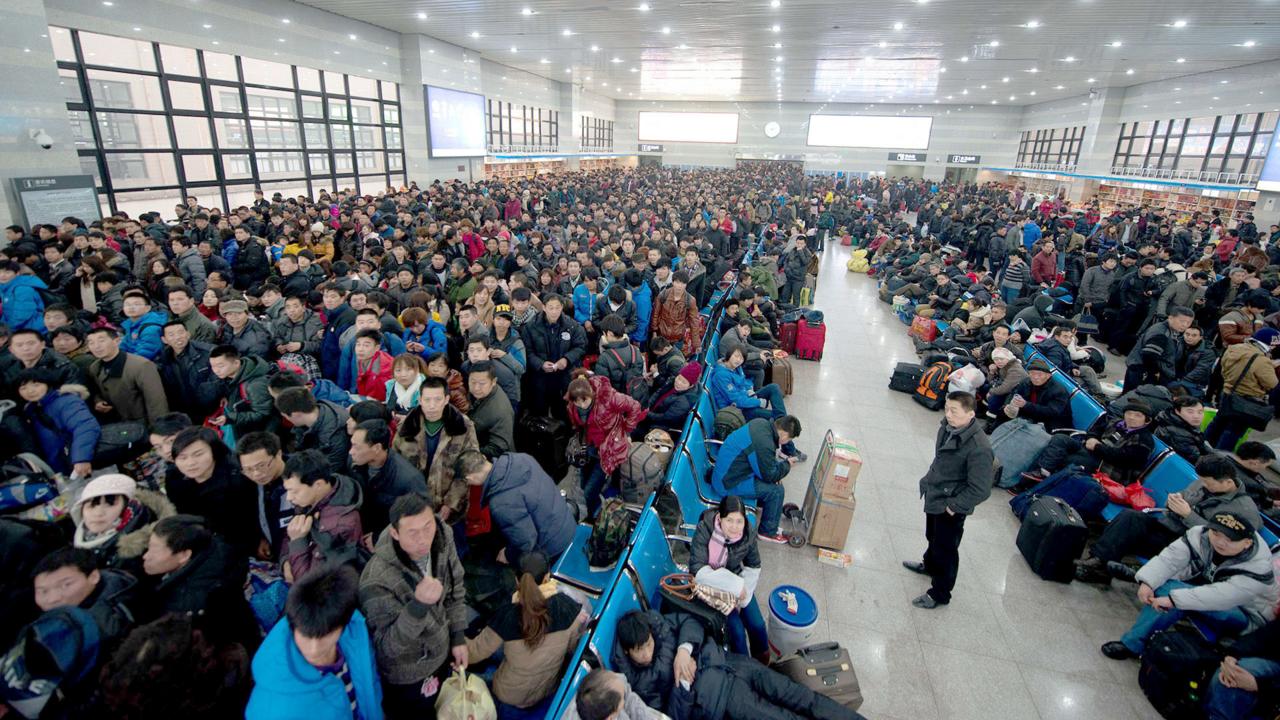
The world's largest annual migration
Every Lunar New Year, China experiences the world’s largest annual migration, as tens of millions of people across the country board trains to head home for the celebrations. In the past decade, China has [invested billions of dollars](http://www.chinausfocus.com/finance-economy/chinese-new-year-the-worlds-largest-human-migration/#sthash.SYVi9MlT.dpuf) to build the world’s largest network of fast-speed trains, comprising more than 12,000km of high-speed rail (HSR) across the entire country. With higher demands in transportation, China is aiming to have 19,000km of operational HSR by the end of 2015. This year, the Chinese Ministry of Transport expects [a total of 2.807 billion train trips](http://usa.chinadaily.com.cn/china/2015-01/30/content_19449421.htm) to be made during the 40-day rush. (Ed Jones /Getty)
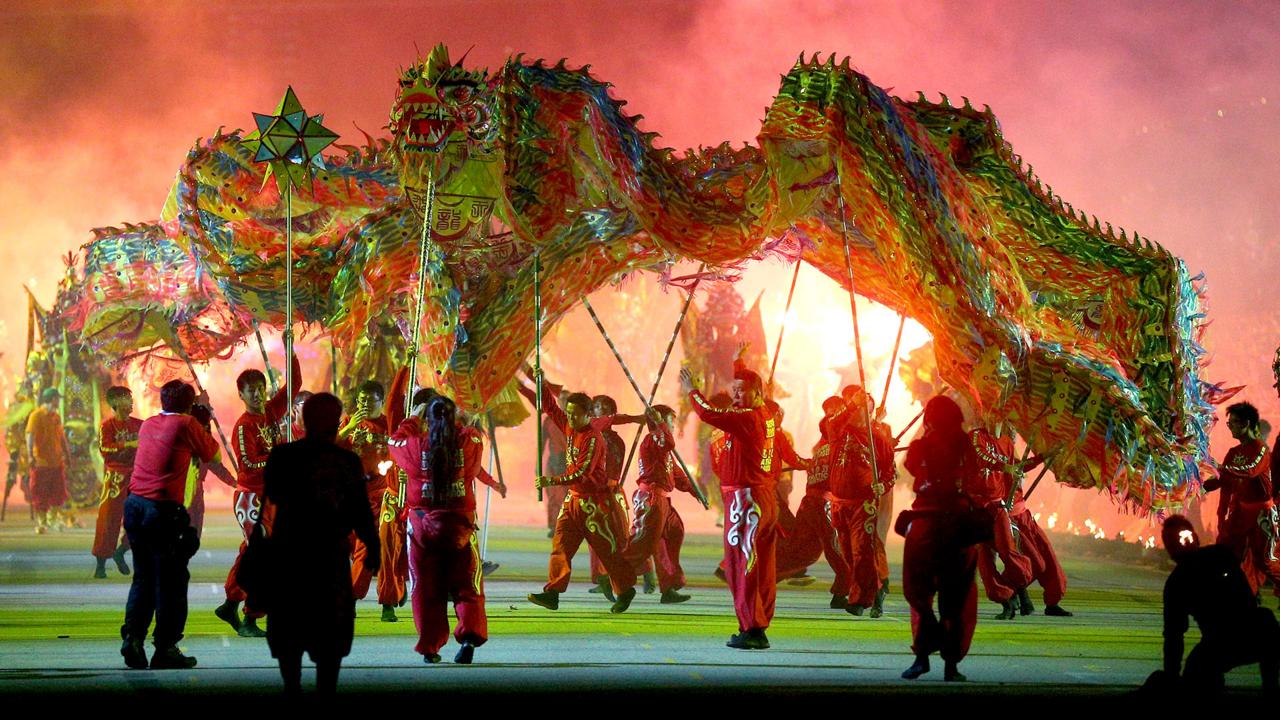
Singapore's biggest street parade
The [Chingay parade](https://chingay.org.sg/) is a uniquely Singaporean celebration that has grown from being a traditional Chinese New Year procession to being Asia’s largest street parade. The name “Chingay” is a Hokkien phrase that means “the art of costume and masquerade”. Since the first parade in 1973, Chingay has evolved into a diverse festival with global influences, involving 2,000 performers from Singapore and other countries such as Ghana, Brazil and Slovenia. “To me, Chingay represents the ethnic diversity of Singapore. There are performances from many different ethnic groups and cultures,” said Tay Yan Ping, a percussionist from Singapore-based Lila Drum Productions, who has performed twice at Chingay. “I am definitely proud to have been a part of Chingay, especially in my home country!” (Cameron Spencer/Getty)

Tossing up good fortune
On the seventh day of the Lunar New Year, also known as renri or “human day”, ethnic Chinese in Malaysia and Singapore practise the culinary tradition of lo hei, a Cantonese phrase meaning “tossing up good fortune”. Families and friends gather to toss up the ingredients of this raw fish salad, while chanting auspicious well wishes out loud for good luck. It’s believed the higher the participants toss the ingredients, the greater their fortune will be. The salad is usually made up of white and green radish, carrots, pickled ginger, radish and slices of raw fish (commonly salmon), drenched with a fragrant dressing of plum sauce and five spice powder. This is an essential tradition in my home, and even though lo hei often results in a mess, everyone in the family enjoys the fun that comes with tossing food around. (Lan Lan Tee/Getty)
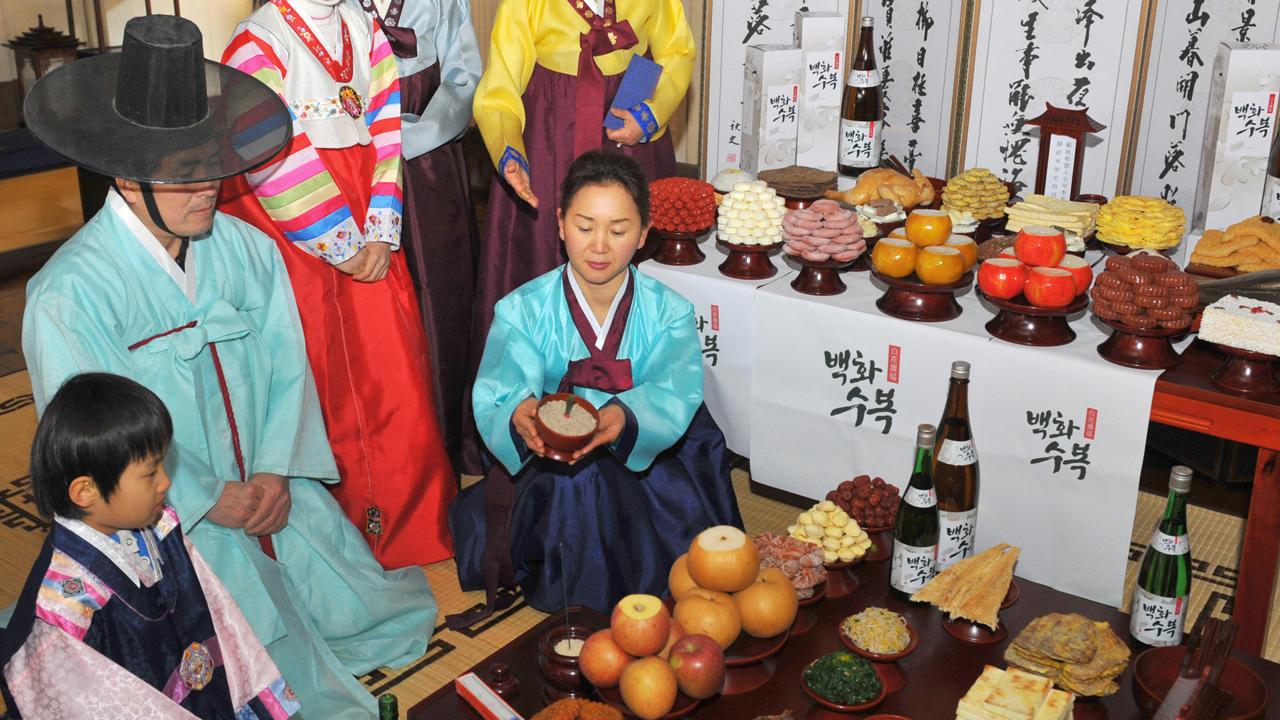
The evolution of Seollal
South Korea’s Lunar New Year, the three-day [Seollal festival](http://english.visitkorea.or.kr/enu/SI/SI_EN_3_6.jsp?cid=941952), is a time when Koreans traditionally would return to their hometowns and dress in traditional garments, performing an ancestral ritual called charye that involves offering many kinds of food including wine, taro soup and beef, around a shrine or memorial tablet dedicated to the deceased. “These days, however, we don’t practise these traditions anymore and instead, most people take the opportunity to travel abroad,” said former Korean Air employee, Hwoyon Kim. “Seoul’s Incheon International Airport is at its busiest during this time of the year.” Traditionally, parents also gave out tteokguk, or rice cakes, to their children as a form of blessing. Currently living in France, Kim still makes it a point to prepare tteokguk during Seollal. “Even though the main ingredient is difficult to find here in France, it’s such a symbolic dish and it reminds me of home.” (Kim Jae-Hwan/Getty)
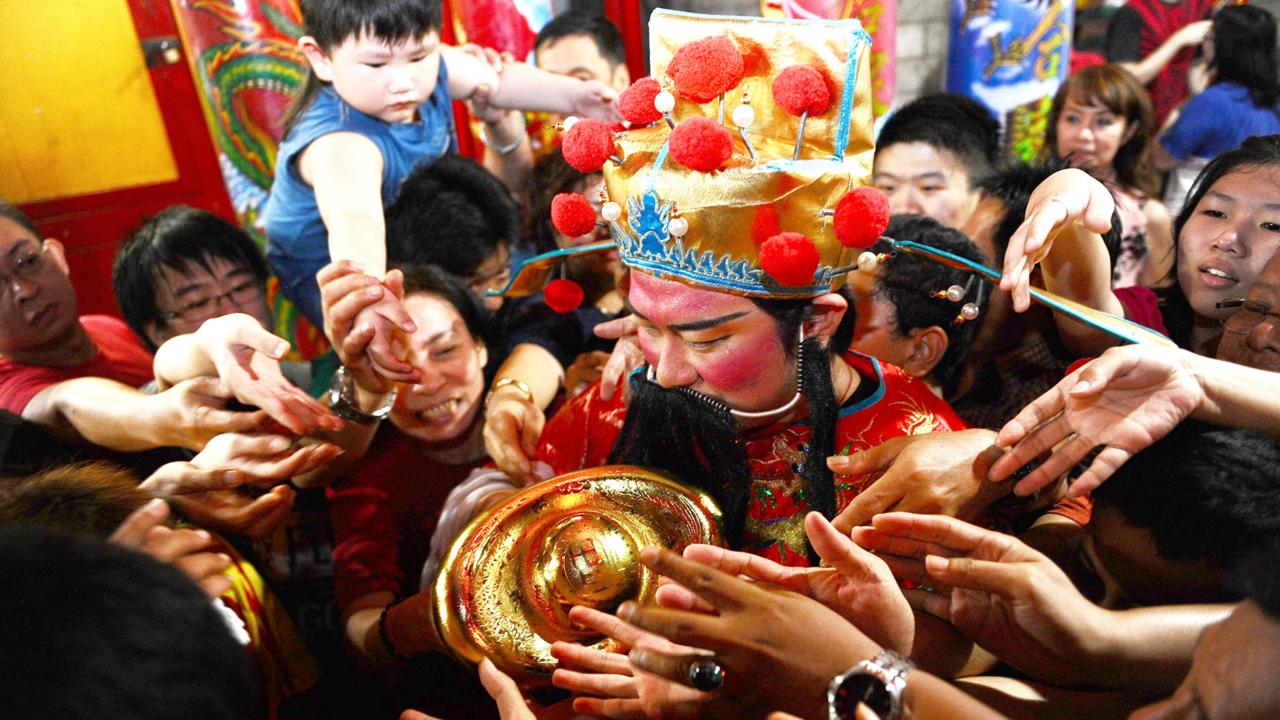
Freedom to celebrate in Indonesia
Under the authoritarian ruler Suharto from 1966 to 1998, Chinese Indonesians were [not allowed to publicly celebrate](http://world.time.com/2013/05/21/15-years-after-the-fall-of-suharto-a-mixed-picture-of-indonesias-minorities/) Lunar New Year. In 1998, however, Suharto stepped down, ending 32 years of rule and ushering in Indonesia’s era of reform. Lunar New Year was [then declared a national holiday](http://news.bbc.co.uk/2/hi/asia-pacific/1827152.stm) in 2002. “Over the past few years, Chinese culture has been more accepted in Indonesia,” said Lim Mui Suan, a native Indonesian from Pontianak. “These days, New Year decorations and goodies are much more available and we can even light fireworks in public.” Known as Imlek in Indonesia, Lunar New Year is celebrated in different forms across the archipelago; customs vary according to social positions and family status. Chinese communities found in Pontianak, for instance, are distinctive to Medan or Jakarta. Each of these immigrant communities brought the unique traditions of their hometowns to Indonesia. (Robertus Pudyanto/Getty)
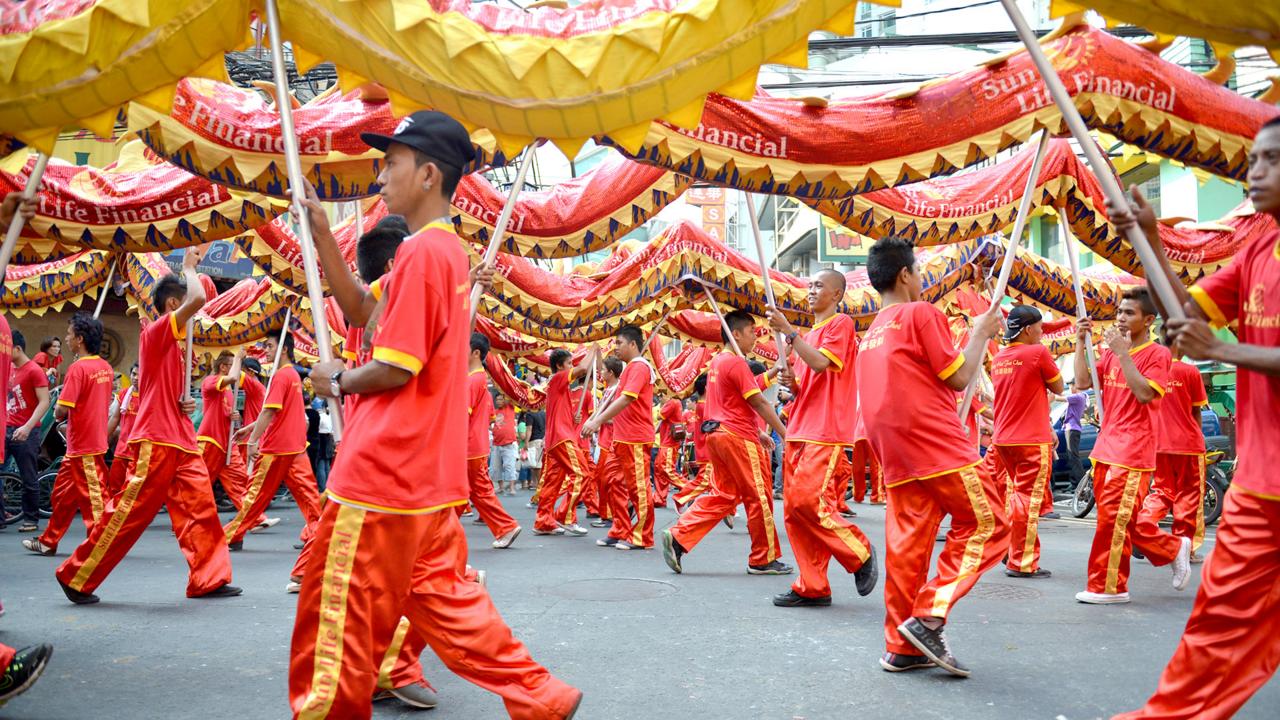
Filipino Chinese unite
For centuries there has been a significant Chinese presence in the Philippines. Filipinos of pure Chinese descent are called “Tsinoy”, while Filipinos with some Chinese ancestry are “Sangleys” – in total, [they make up between 18% to 27%](http://library.wur.nl/WebQuery/clc/587677) of the total Philippine population. The country’s biggest Lunar New Year celebrations are held in Manila’s Chinese district, Binondo, with massive lion dance parades and street performances. (Ted Aljibe/Getty)
Comments
Post a Comment